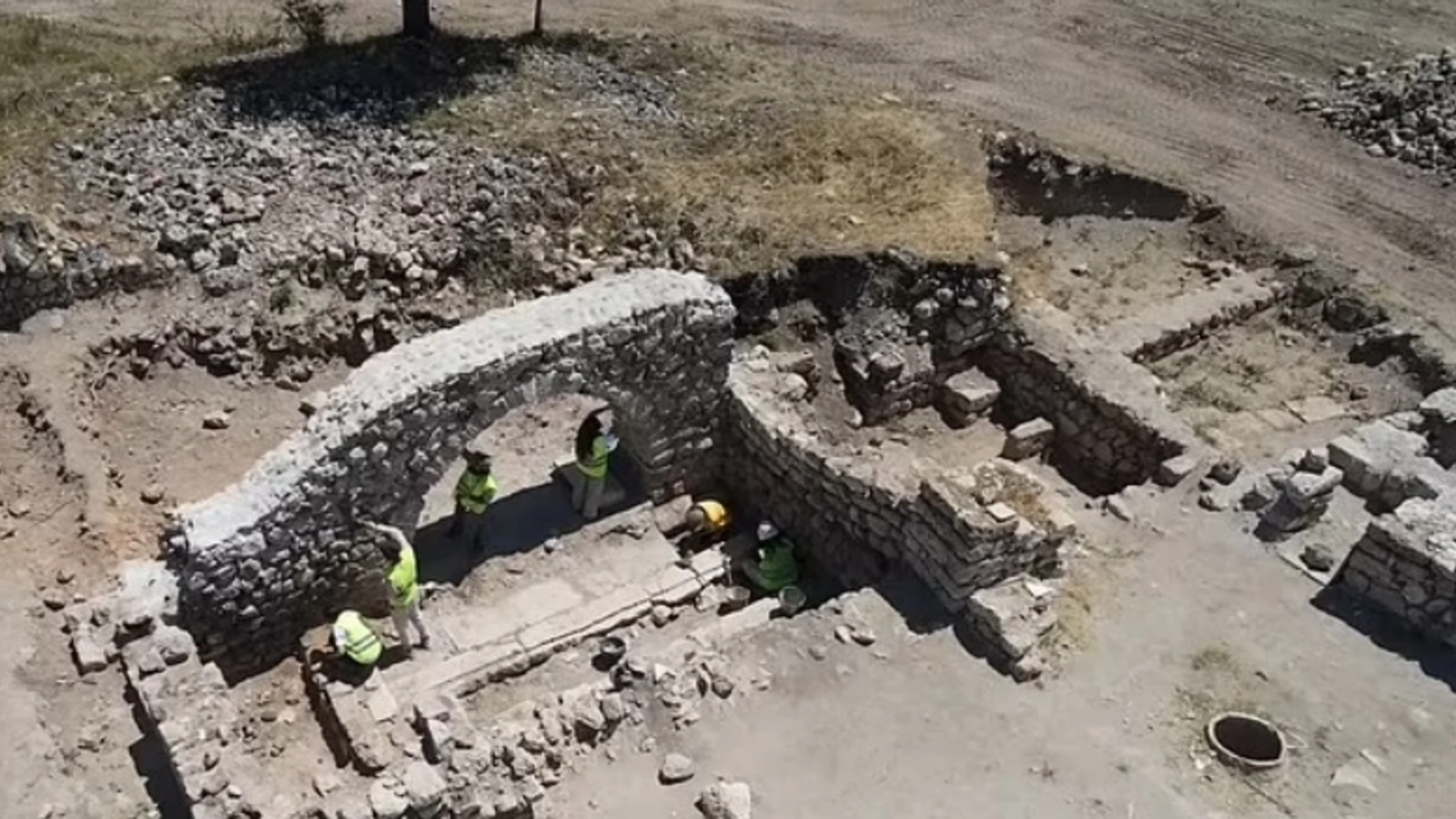Archaeological research carried out at the "Islaz" Point in the Movilita commune (Vrancea County) has revealed four distinct stages of human habitation, the oldest dating back approximately 7,500 years, and has highlighted the existence of communities in the area from the Neolithic, Eneolithic, Bronze Age and Iron Age periods, the Vrancea Museum announced on Monday.
According to museum representatives, the site, discovered in 2021 through field evaluation, is located on a hill, about one km south of the village of Movilita and 2.5 km northwest of the village of Diocheti Rediu. Successive levels of habitation have been identified in the area, illustrated by pottery, osteological remains and lithic materials, specific to the Linear Pottery culture (around 5,500-5,000 BC), the Precucuteni culture (circa 5,000-4,500 BC), the Noua culture from the Bronze Age (1,500-1,200 BC) and the Iron Age (1st century BC-1st century AD).
The first excavations took place in the autumn of 2021 and targeted a burned-out dwelling from the Precucuteni culture, dating from the period 5,000 BC - 4,500 BC.
In 2024-2025, the research was resumed and expanded, discovering several pits, complete ceramic vessels and a fibula from the Iron Age, as well as a pit from the Bronze Age. At the same time, the research revealed, in the burnt Precucuteni dwelling, relatively abundant Neolithic ceramic material, at the base of the anthropogenic deposits, attributed to the Linear Pottery Culture (5,500 BC - 5,000 BC).
The discovery confirms the continuity of habitation in this area of Vrancea County for over 7,000 years and offers a valuable perspective on the cultural evolution in the Moldavian region.



































Comentează